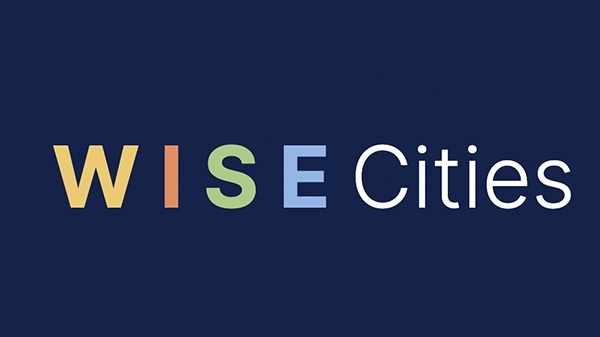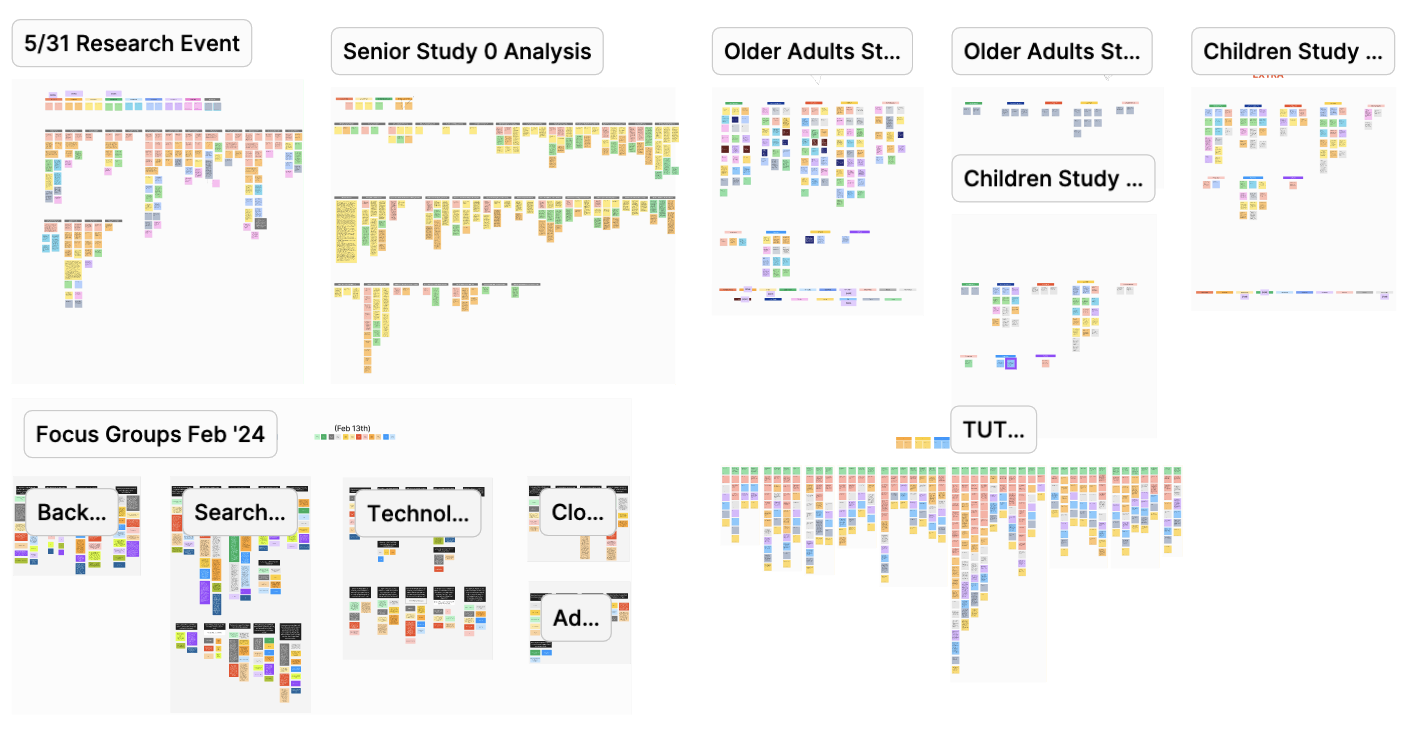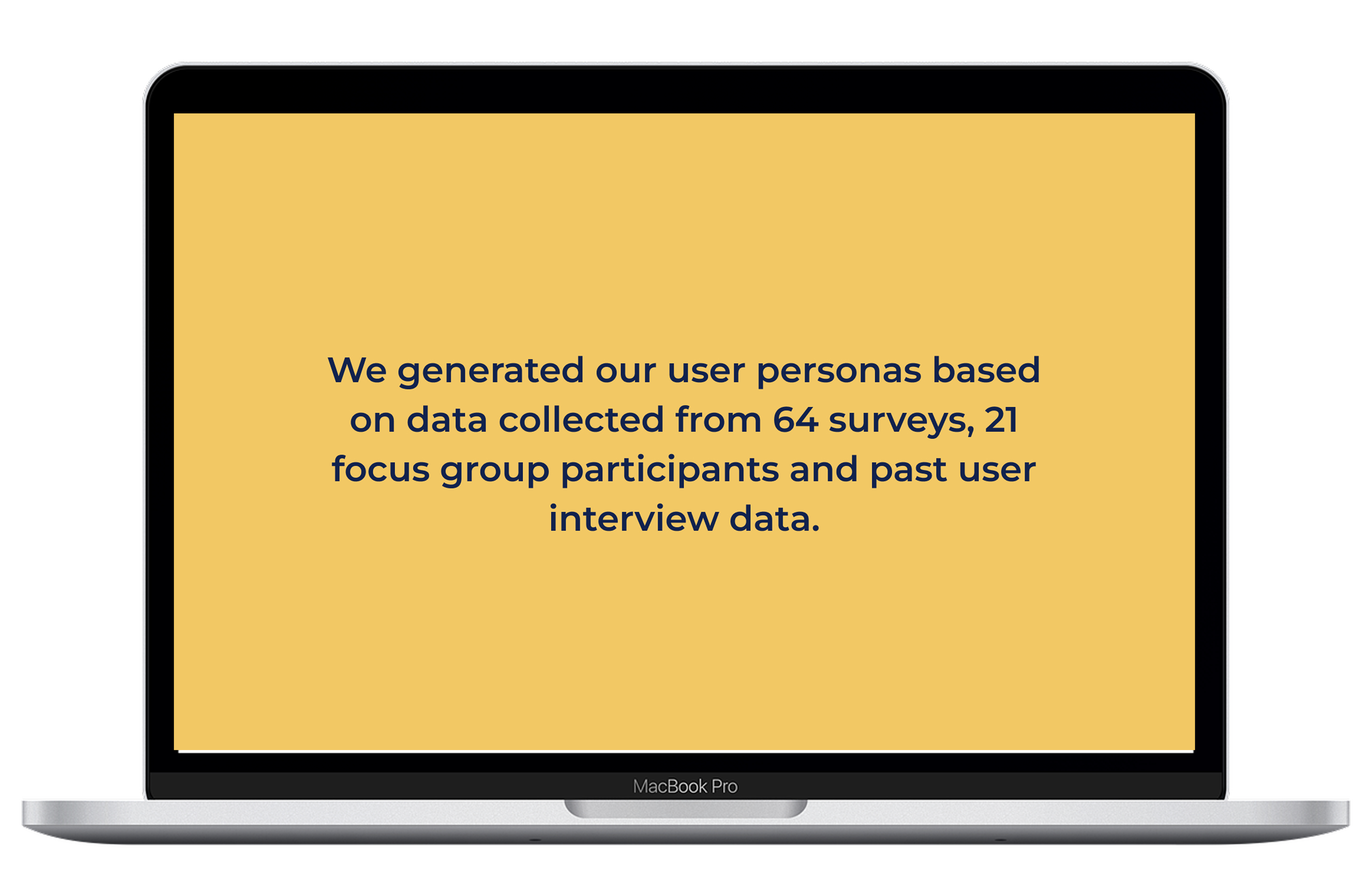Best viewed on desktop or tablet

WISE Cities is a platform for older adults to find access to opportunities, information, resources, and events in their local communities. Their focus is to assist older adults by combating social isolation and encouraging independent living. The platform is WCAG AA compliant, multilingual, and is planned to include AI-facilitated features, making it user friendly to a wide range of people.
This persona case study, part of my capstone project, helped identify the need for an interactive tutorial due to the existence of digitally challenged personas. Below is the link to the case study that covers the interactive tutorial.
We used data from surveys, interviews, and focus groups to make the personas. We made our own online survey with google forms in order to gather relevant demographic data from 64 people.
We analyzed data from past interviews and focus groups by WISE Cities and my team. In order to create five unique personas that portrayed participants stories, thoughts, and opinions.

WISE Cities had nine unfinished personas, but since personas were not the main focus of our sprint, we narrowed the project scope for timely completion. Similar personas were combined, requiring a complete restart of the persona development.
We organized the data further by putting the different comments from the people we selected into general categories. We were also able to use AI to detect themes in groups of post it notes for inspiration.
With all of our information we started filling out an outline for each persona. The categories would help us to fill in more specific subcategories. This would tell story of who these people were using our demographic data, themes we identified, and quotes from participants' personal experience.
The final step was making personas that told a complete story of who these people were.
Click on images to enlarge them
